JF Ptak Science Books LLC Post 952
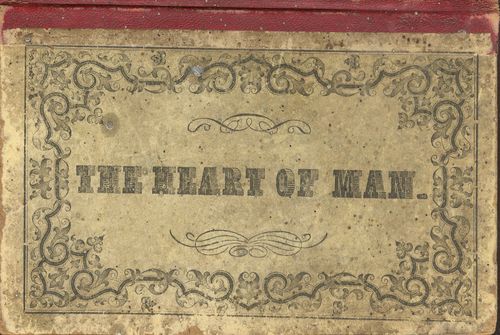 It is a bit odd to compare these three relatively contemporary
works on the human heart and to see their points of correlation and (vast)
departure. The first belongs to Jean Senac, whose Traite de la Structure de Coeur…(published in 1749) was one of the
most valuable works on the 18th century on the heart, laying a firm
foundation for the study of its pathology.
Senac
It is a bit odd to compare these three relatively contemporary
works on the human heart and to see their points of correlation and (vast)
departure. The first belongs to Jean Senac, whose Traite de la Structure de Coeur…(published in 1749) was one of the
most valuable works on the 18th century on the heart, laying a firm
foundation for the study of its pathology.
Senac
(1693-1773, born in
The next image is the first to properly describe the nerves of the heart, and was published in the magnificent Antonio Scarpa’s Tabulae neurologicae ad illustrandam historiam anatomicam cardiacorum… in 1794. Scarpa was a monumentally
accomplished anatomist who was also a gifted artist, and it is his own work that illustrates this masterpiece. The original edition of this work is huge, atlas-sized, and the images of the heart are life-size and float in plenty of free, very wide and perfect margins.
On the other end of the spectrum we have this liturgical
philosophical anatomy of the stages of the heart in grace and disgrace. Mostly I’m interested in the foul part, which
shows the advanced mortification of the organ in seating the throne of Satan. The
edition here is The Heart of Man, either
a
The first image shows the heart of man completely dominated by Satan, with Man the sinner’s troubled face (along with the mark of Cain (dominating his wayward organ. The emblematic animals infesting his heart include the peacock (with its misleading haughtiness), goat (“a lascivicious, stinking animal” representing “unchastity” and impurity), hog (gluttony and intemperance), snake (seducer), tiger (cruelty and ferocity) and tortoise (indolence). They chase from the hear the holy ghost and an angel, and allow the presence of Satan (front and center).
The second image is interesting in that it shows the movement of a bad/evil/wicked heart to a more pious one, though it is just in the transition stages. In my experience it is uncommon to see an emblematic illustration of a half-way point of, well, anything; this woodcut seems to capture, to be a snapshot so to speak, of the human heart undergoing transformation.
1. The original title was something along the lines of Spiritual Mirror of Morality, in which every Christian, who desires his salvation, may view himself, know the state of his soul, and profitably learn to regulate his life according to it. Hardly gender-neutral, the title makes four specific gender references to men.


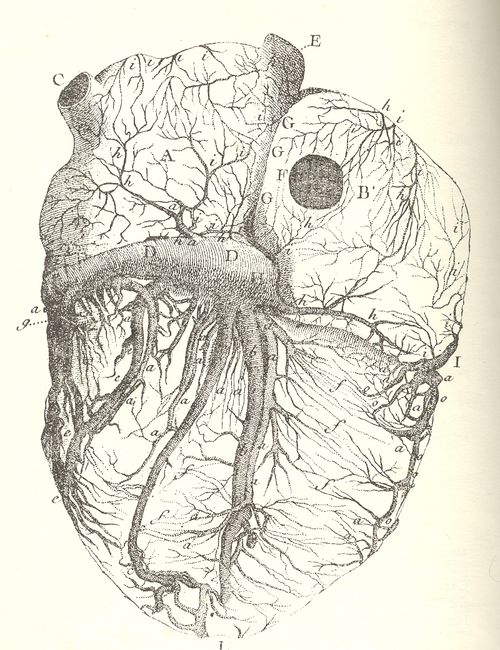
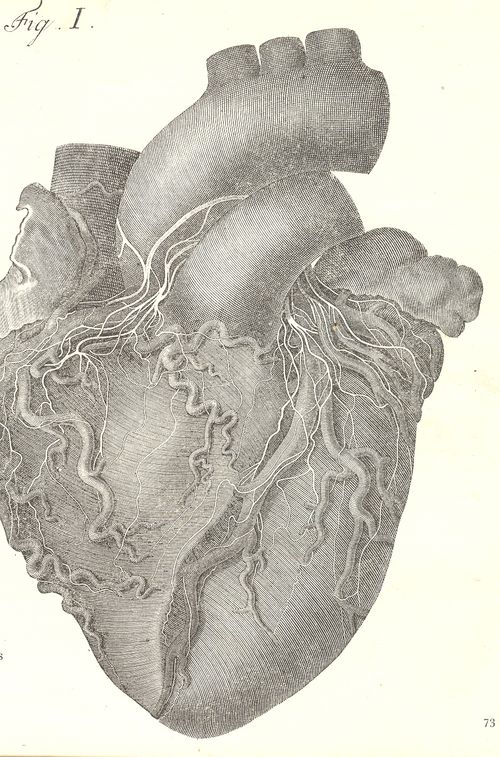
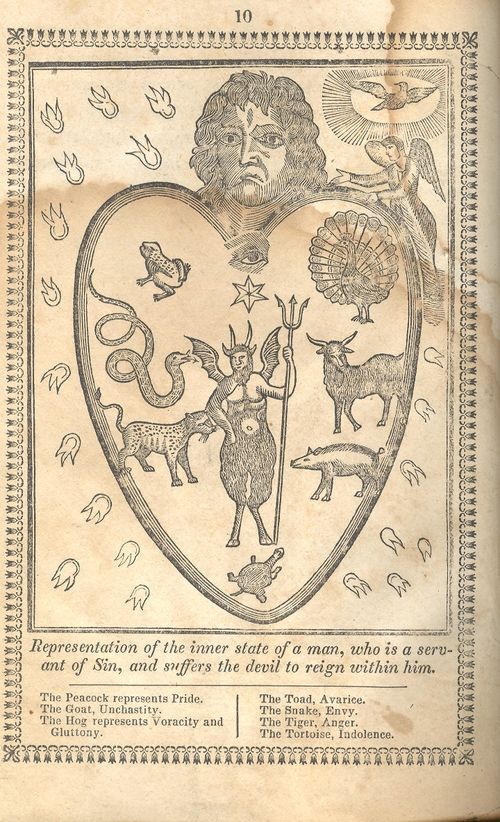
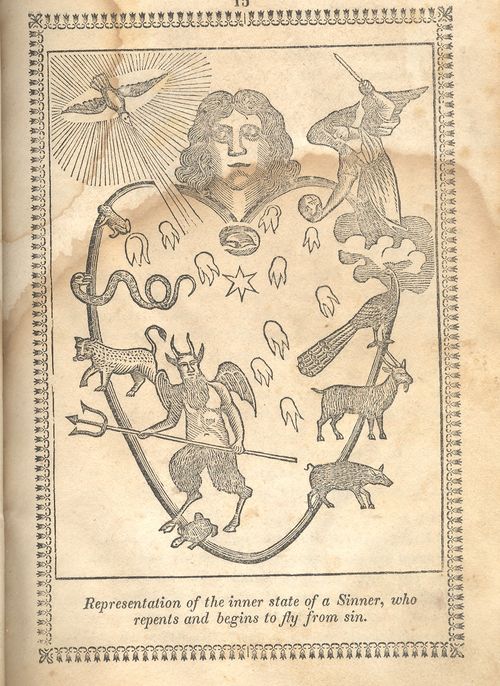

Comments